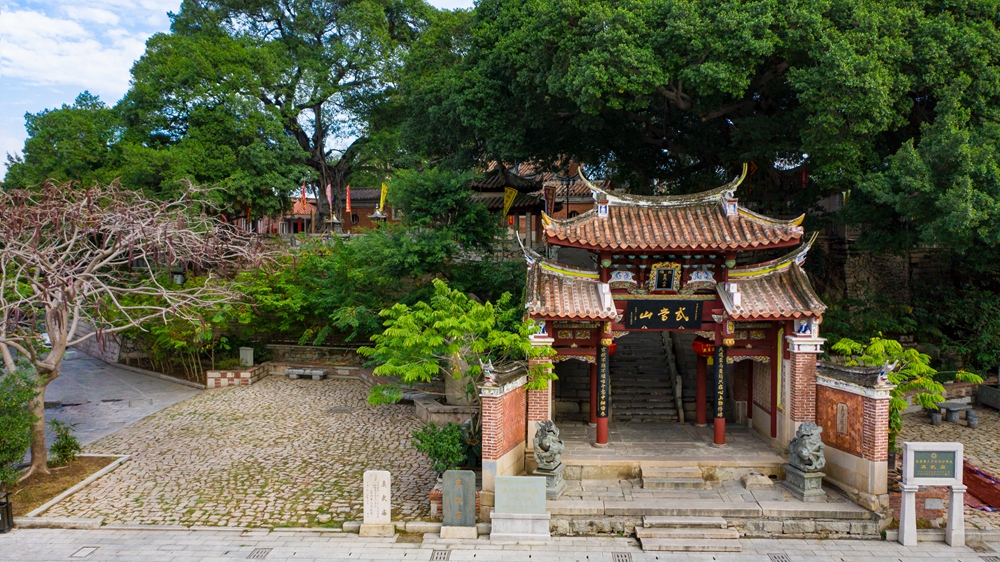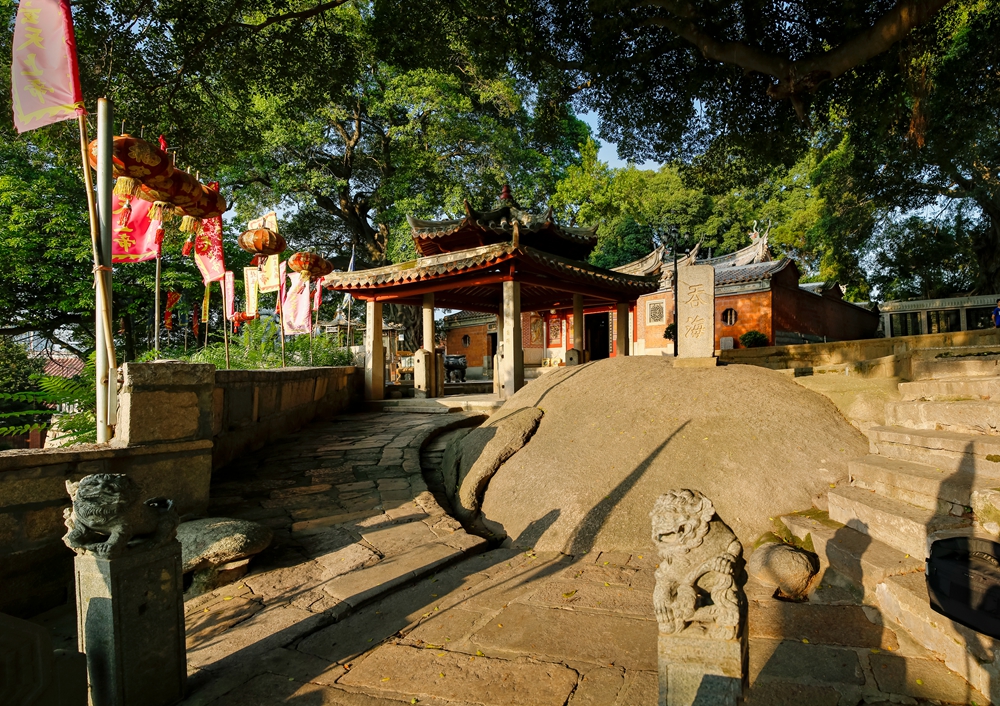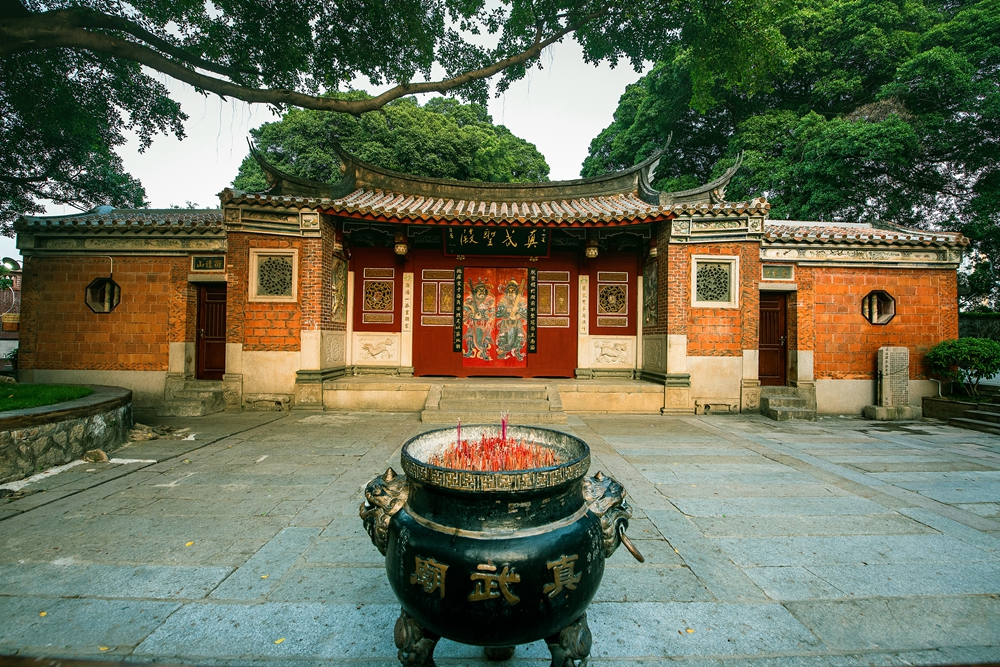Zhenwu Temple
2021-07-19 16:31:19



Founded in the era of the Song and Yuan dynasties and dedicated to the worship of Emperor Zhenwu, this Daoist temple served as an important landmark of the ancient port of Fashi. The temple was an important source of spiritual support for merchants engaged in maritime trade and was the venue chosen by Quanzhou officials to make their sacrifices to the sea, an act meant to show their support and promotion to maritime trade. Zhenwu Temple sits in the eastern part of Quanzhou City in the foothills of Stone Mountain on the northern bank of the Jinjiang River. It is a group of courtyard structures leaning into the mountainous landscape. It was first constructed during the Song Dynasty. The site sits in the east and faces westward. Within the current site, starting from the lower elevation near the entrance to the higher elevation at the back, you will first find temple gate, then stone steps, pavilion, and finally Zhenwu Grand Hall. Behind the temple gate, there are 24 stone steps carved into the rock. The original handrails and carved stone lion adornments from the Song Dynasty remain on either side of the stone steps. On the platform above the stone steps, there is a rock that resembles a turtle and a snake -- a symbol of Emperor Zhenwu. On this rock is the “Tunhai” (devouring the sea) stele, erected there in 1533 by Jinjiang head magistrate Han Yue. The pedestal of the statue in the Zhenwu Grand Hall bears an inscription of “Chengxinlang”, an official rank in the Song Dynasty. Zhenwu Temple was included into the six group of major cultural heritage sites protected at the national level by the State Council in May, 2006.